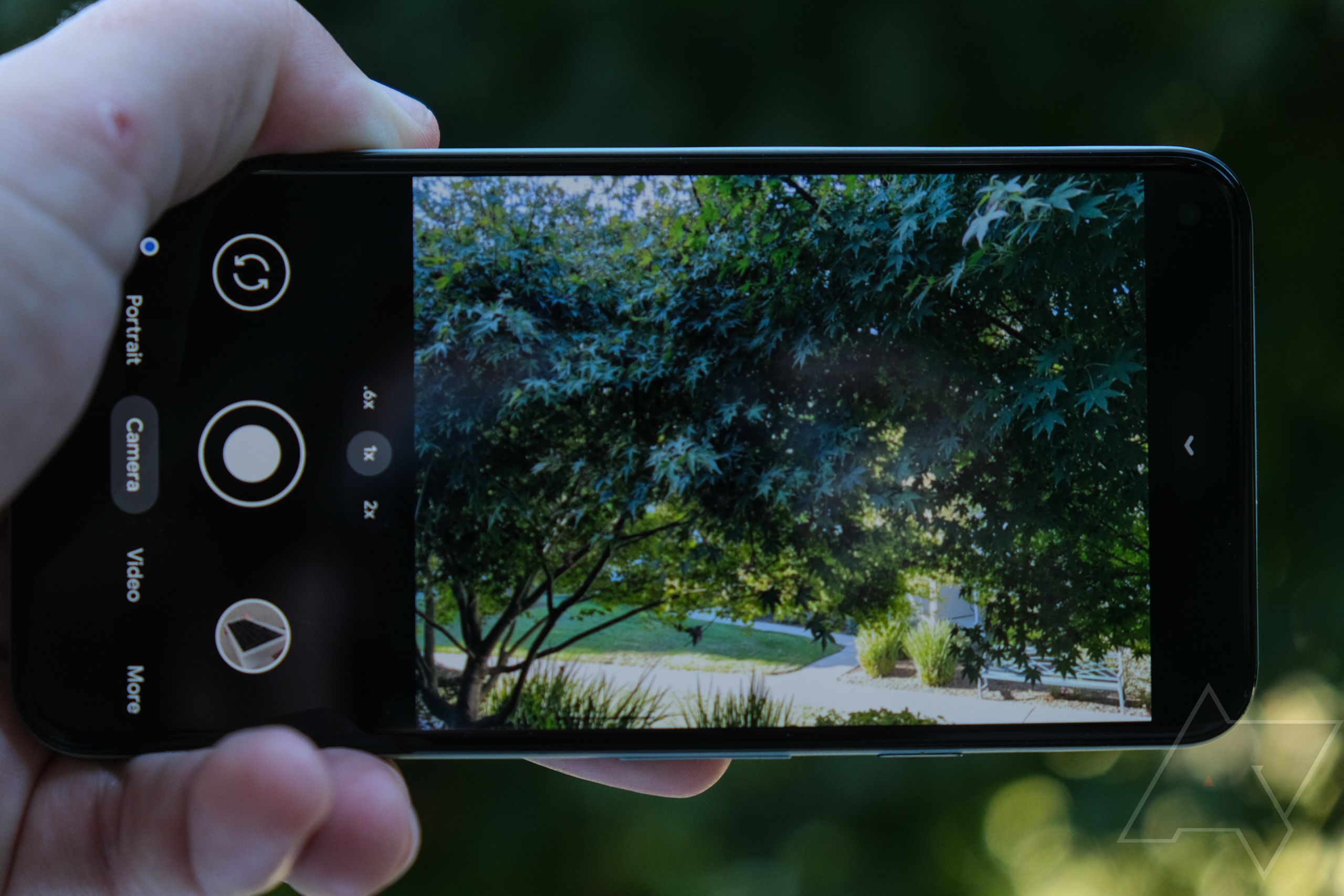One of my favorite features on the Google Pixel 4 and 4 XL were their telephoto camera lenses. While they lacked the kind of extended range you might find on a phone like the Galaxy Note20 Ultra, the effective 2x zoom factor coupled with Google's Super Res Zoom AI made the Pixel 4's maximum digital zoom usable, at 8x. You don't need to take my word for it, either. Here are two photos, one taken by my Pixel 4 XL, and one by the Pixel 5, at 7x (the Pixel 5 maxes at this zoom factor).
The results speak for themselves. The Pixel 4 XL photo isn't perfect — not even close. But it's more than usable for something like social media or snapping a piece of faraway text well enough to preserve legibility. As someone who does use my smartphone to take photographs for fun sometimes, zoom is an incredibly important feature: it allows for more creative and dramatic framing of your subject matter, and to really make it the focus of a photo.
Cropping is a great way to achieve a similar result on something like my Fuji X-T3 when I can't quite get close enough, but it has a sensor many times larger, and uses far more powerful optics. Like carving a statue out of marble, it's a matter of raw material — when working with a full-sized, original quality file from my mirrorless camera, I've got a much bigger hunk of photo to chisel away at. Working with something shot on a smartphone, even a photo shot at a modest 2 or 3x digital zoom doesn't have any margin for error. I can't chisel anything away, meaning all the "carving" has to happen on the camera.
A separate lens with optical zoom doesn't solve the problem completely, but it provides me a lot more opportunity to succeed when I'm trying to get a shot. At 2x, I've found the Pixel 5 takes totally fine photos. Super Res Zoom does its job. At 3x, they're usable (just don't look too closely). At 4x and above, though, all bets are off. Muddying of details starts to occur, as Google's AI runs out of the proverbial marble from which to carve out the necessary details. The Pixel 4, though, has twice the stone to work with, and it makes a huge difference. Take a look at this example, where I've tightly cropped a 7x shot from both phones. I don't need to tell you which is which.
Not everyone uses their cameras the same way, and I understand that. Ultrawide lenses are great for group photos, building interior shots, capturing action-oriented video, and more vloggy-style content. They can also just be kind of fun and artsy. But for most people, these aren't day to day things. On the other hand, I can't count the number of museums, parks, and tourist destinations I've been to where I see someone desperately trying to capture some detail by zooming in their phone's camera. This is a real thing that happens, and I know many of you can recall the days of telling your older relatives not to use the digital zoom on their point-and-shoots since all it did was a straight crop, without any of the fancy supersampling or processing we have today.
Ideally, Google could have kept the telephoto sensor from the Pixel 4 and added an ultrawide, similar to the configuration on Apple's Pro series of iPhones. Instead, though, it took away an objectively useful part of the phone's camera functionality, replacing it with something that while not without utility, is just not as helpful in most situations. And that's a bummer. Here's to hoping they come to their senses and bring it back with the Pixel 6.

